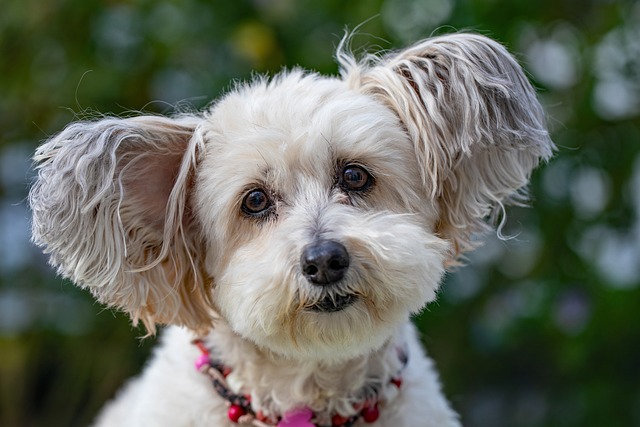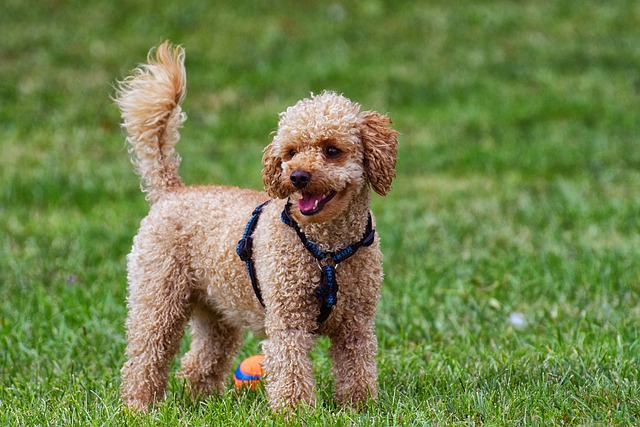
Is it dangerous for a dog to have respiratory disease?
Respiratory issues in dogs can range from mild sneezing fits after sniffing dusty grass to severe, life - threatening infections—and knowing the difference is key for every pet owner.
Let’s be honest: you’ve seen those viral videos of DIY dog haircuts gone hilariously wrong and wondered, "Could I just use kitchen scissors?" While scissors can technically trim fur, wielding them safely requires skill, patience, and the right tools – especially for wiggly pups. Unlike professional curved grooming shears designed to glide through fur without pinching skin, household scissors risk painful accidents. One sudden jerk could lead to a vet visit, turning a cost-saving effort into a $300 emergency bill. For beginners, understanding when and how scissors are appropriate is crucial for your dog’s safety and comfort.
Start with the golden rule: never use scissors near sensitive areas. Eyes, ears, paw pads, and skin folds (like those on a Shar-Pei) are absolute no-go zones. Instead, reserve scissors only for supervised, minimal trimming of long fur on safe zones like the back or tail – and only if your dog remains calm. Always work with blunt-tipped pet safety scissors and cut parallel to the body, never point-first. Hold hair between two fingers as a buffer against skin, cutting only what protrudes. For mats, scissors are dangerous; use a detangling spray and split mats vertically with a slicker brush before considering rounded-tip thinning shears. This aligns with positive reinforcement grooming ethics: if your dog shows stress, stop and reward calm behavior with Charlee Bear treats instead of forcing restraint.

Apartment dwellers face unique challenges. Sudden yelps during scissor work can disturb neighbors in thin-walled buildings like Chicago high-rises. Practice during daytime hours, use white noise machines, and keep sessions under 5 minutes. For complex tasks (e.g., poodle feet or sanitary trims), invest in quiet electric trimmers or visit self-wash stations like PetSmart’s – their raised tubs and professional tools reduce slip risks. Always prioritize low-stress apartment grooming: a quick brush-out on your balcony beats a traumatic scissor session any day.
Legally, even home grooming ties into broader responsibilities. Before attempting any trim, ensure your dog’s rabies vaccine is current (mandatory in all 50 states for groomer visits, and wise for home care too). If using public spaces for de-shedding, immediately collect fur clippings with a portable vacuum – leaving piles violates "clean grounds" laws in cities like San Francisco (fines up to $320). Remember: ethical home grooming compliance means never punishing mistakes. If you nick the skin, stay calm, apply styptic powder, and consult your vet. For complex breeds like doodles, consider hybrid care: handle brushing at home but leave scissor work to certified groomers insured under the National Dog Groomers Association of America guidelines. Your pup’s trust is worth far more than a perfect haircut.

Respiratory issues in dogs can range from mild sneezing fits after sniffing dusty grass to severe, life - threatening infections—and knowing the difference is key for every pet owner.

You’ve seen your dog seek out the cool tile floor on a hot summer day, sprawled out to escape the heat. It makes you wonder if those advertised

Watching your loyal companion slow down as they enter their golden years can feel bittersweet, but with the right care

Coming home to a dog that’s muddy, shedding, or smells like wet grass can make even the coziest home feel messy.

Watching your once-energetic pup slow down as they age can make you wonder if their food is still meeting their needs.

Dog scratching nonstop, licking their paws raw, or developing red, bumpy patches often signals allergic skin disease—common triggers include pollen, dust mites, or even certain proteins in their food.